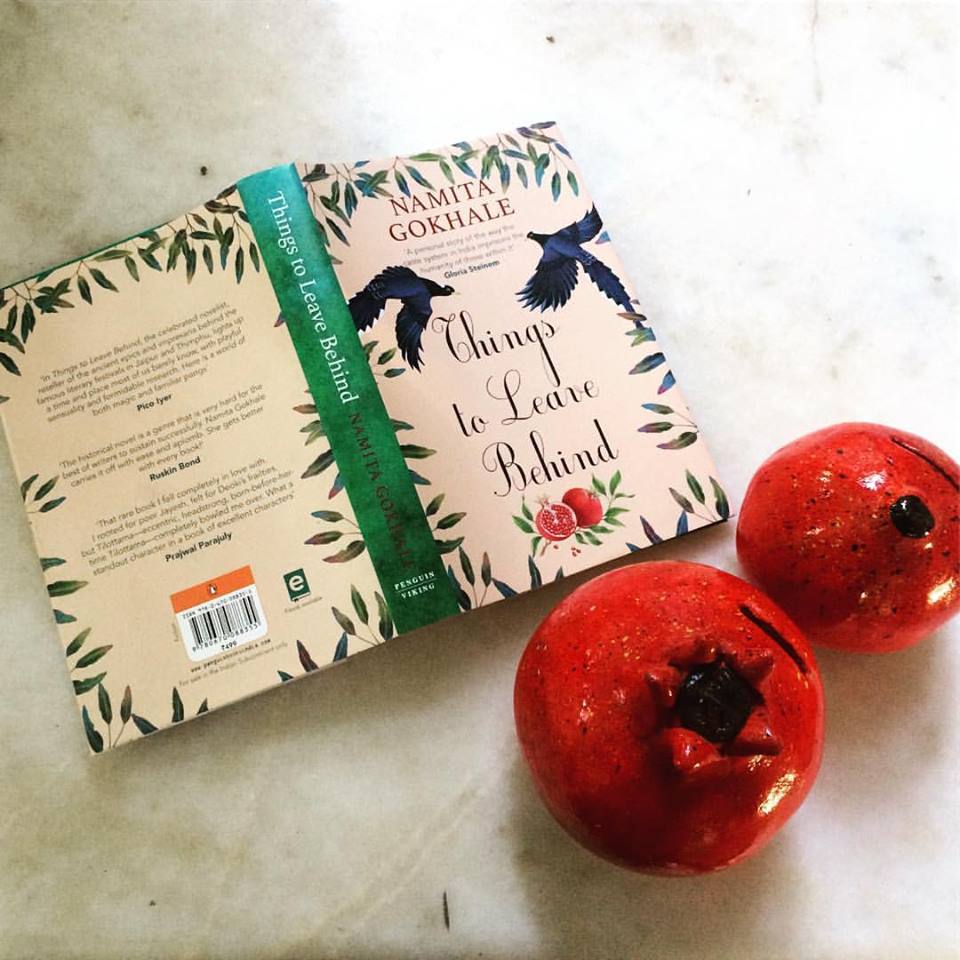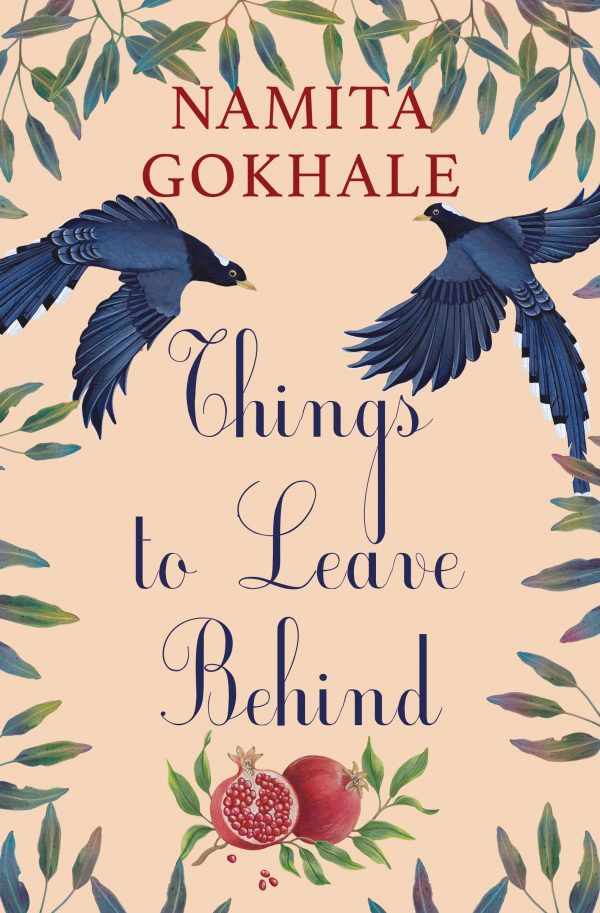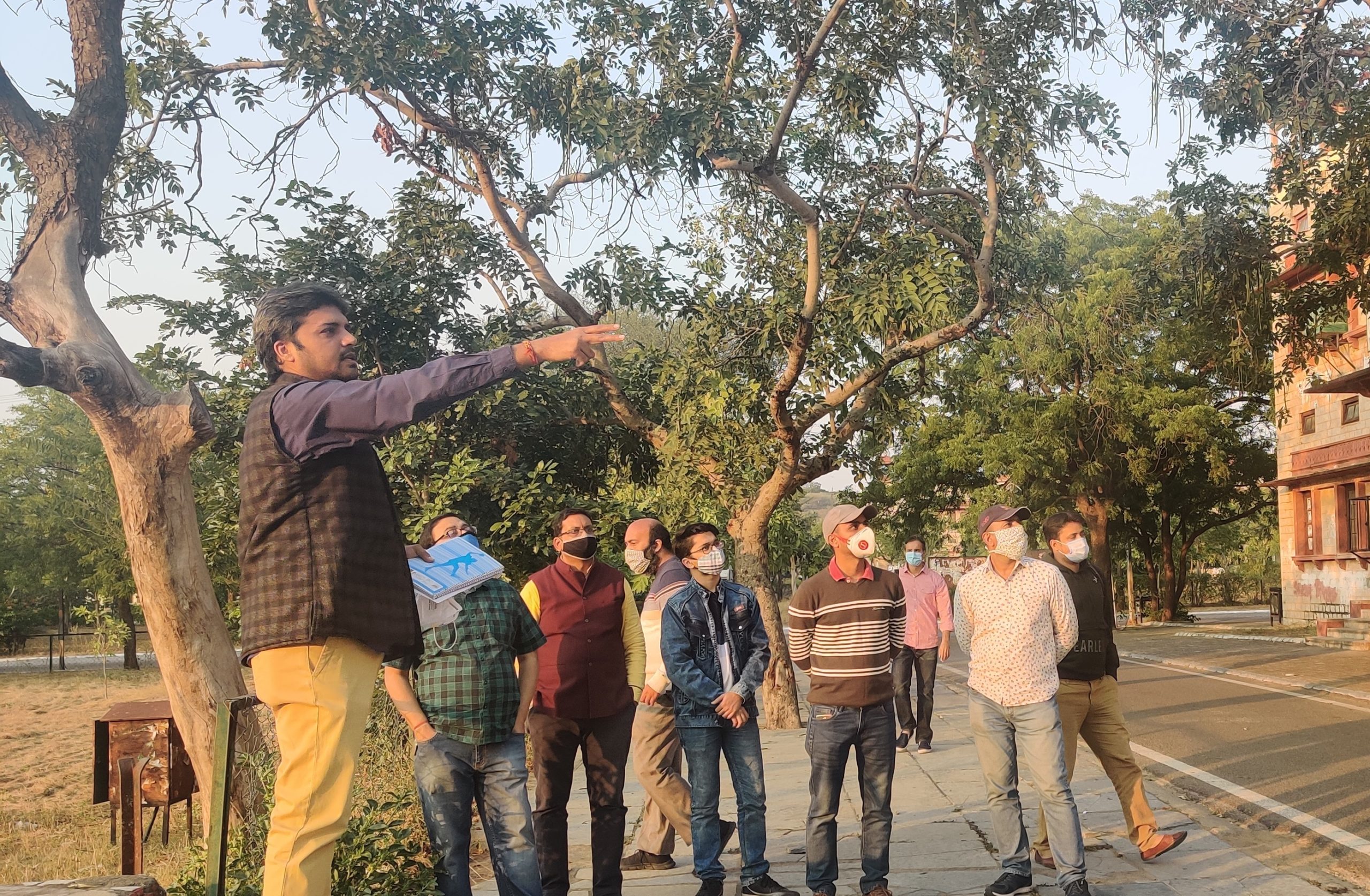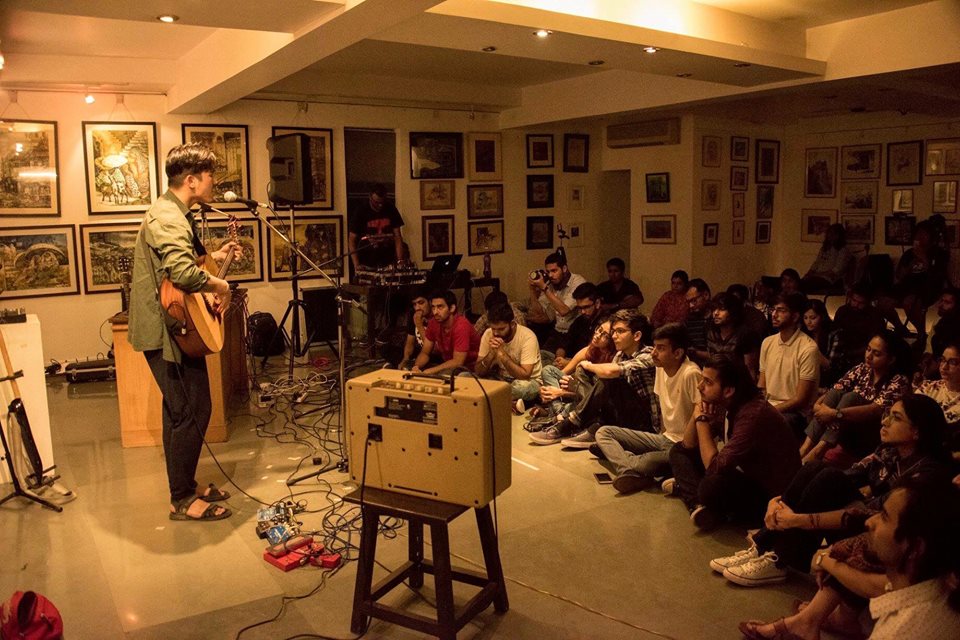Namita Gokhale doesn’t need an introduction. Under her directorship, the Jaipur Literature Festival is now touted to be the “greatest literature fest on the Earth”. Namita’s new novel ‘Things to Leave Behind ‘ chronicles the mixed legacy of the British Indian past and the emergence of a fragile modernity.

Namita’s new novel ‘Things to Leave Behind’, is a rich, panoramic historical novel set in Kumaon, in Nainital, Almora and Sat Tal, in the years 1842 to approximately 1912. The novel is about many things, colonialism and history and a first fragile modernity in a society steeped in tradition. These are the days of Firangi Raj, of Upper Mall Road (for Europeans and horses) and Lower Mall Road (for dogs, servants and other Indians). Readers follow the inter-twined story of spirited Tillotama Uprety, whose uncle is hanged during the ‘Mutiny’, her troubled daughter Deoki, missionary Rosemary Bodden and Deoki’s husband Jayesh Jonas into Bodden’s Utopian Eden Ashram, where artist William Dempster seeks out new Indians.
At the heart of it, is a tangled love quadrangle and a painting, and the indomitable spirit of Pahari women. “The main protagonist, however, is Kumaon, in its history, people and landscape, the Kumaon where author grew up and which she continue to inhabit through her books and dreams. The book might have intellectual roots but it is, at heart, a love story and the narration is amusing.
‘Things to Leave Behind ‘ chronicles the mixed legacy of the British Indian past and the emergence of a fragile modernity. Illuminated with painstaking details, told with characteristic narrative skill, this compelling historical novel is Namita’s most ambitious work yet. According to Namita, though her book concentrates on the lives of several Kumaoni women, it is not just a woman’s book.
She points out the tendency of readers to assume that all books written by women have to be about women and women’s lives. She connected this to the practice of labeling women who write as ‘Women Writers’, whereas men who write are simply called ‘Writers’. Set in a period of numerous difficulties, the book is able to remind the present internet-bred generation about the travails of the days of yore and the battles fought for the freedom they enjoy. She emphasized that the book might be based on historical events but it’s ultimately about the characters rather than the history.
Namita has a stealthy knack of almost whispering in your ear as you read along. The book is also a personal story of the way that the caste system in India and by extension, race and class systems everywhere imprisons the humanity of those within them. This is doubly true for women who are supposed to reproduce that hierarchy. Reading about this past will help us question its echoes in our own present.
 The title of the novel was originally the title of a packing list. Over a month at Lake Como on a fellowship, Gokhale had accumulated more “stuff” than she could carry back to India. While packing, she drew up a list of things she could abandon in Italy. “It sounds like some deep thought went into it, but I came up with the title in a very silly way. I was working on the book at the time,” she says. While researching the history setting for her novel, she discovered that while historical figures have transformed in public memory, little has actually been left behind. “I was shocked to find everything just the same, everything is so familiar,” she says.
The title of the novel was originally the title of a packing list. Over a month at Lake Como on a fellowship, Gokhale had accumulated more “stuff” than she could carry back to India. While packing, she drew up a list of things she could abandon in Italy. “It sounds like some deep thought went into it, but I came up with the title in a very silly way. I was working on the book at the time,” she says. While researching the history setting for her novel, she discovered that while historical figures have transformed in public memory, little has actually been left behind. “I was shocked to find everything just the same, everything is so familiar,” she says.
Latest posts by Ankit Arora (see all)
- 3 lesser known museums in Jaipur you must visit - July 10, 2017
- Jaipur Wax Museum-the ultimate weekend getaway in Jaipur - June 16, 2017
- Book Review: ‘The CEO in Making’ - May 8, 2017









